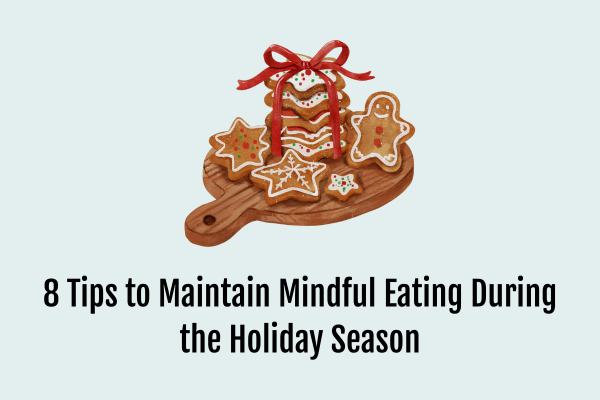What We Need to Know Regarding Osteoporosis: written by: Allison Ballina MS RD
Did you know that most of our bone mass is completely built by the time we reach the age of 20? This is part of the reason why we encourage milk intake for our infants and adolescents. We begin recommending whole milk after breastfeeding and then serve milk with both breakfast and lunch in our schools. As we age further, we see the constant “Got Milk” ads throughout our magazines and billboards. Unfortunately as we age past 30, our bone mass begins to decline. The body begins to break down more bone mass than it can make. This is especially true with women after menopause. Our bones begin to leach calcium and other important minerals that are important to maintain the integrity of the bone. This decline in bone mass may lead to a disease called osteoporosis. Osteoporosis causes our bones to become brittle and frail. The likelihood of developing osteoporosis depends partly on how much bone mass you were able to attain during that critical building phase in your youth. However, we do have some say in the changes of our bones.


What can we do about these changes? Well, up to 25% of our bone mass is determined by diet and exercise and the other 75% is determined by genetic factors. These genetic factors cannot be changed as they are what is given to us from our parents. The things that we can focus on to improve our bone mass include:
- Eating a well-balanced diet
- Engaging in regular exercise
- Refraining from alcohol and smoking

This well balanced diet includes an adequate amount of calcium. Calcium is the most essential nutrient when it comes to our bones. 99% of all calcium is stored in our bones. When we don’t take in enough calcium, our body begins to take it from our bones to maintain an adequate supply in the blood. Calcium has many roles in the body but most importantly it is needed to help form new bone cells. Dairy products such as milk, cheese, and yogurt are the best sources of this nutrient. Other sources of calcium include leafy greens, seafood, legumes, almonds, fruits, and many fortified foods such as juices and cereals.How much calcium do we need a day? Adults between the ages of 19 and 50 need 1,000mg/day. Women over the age of 50 and men over the age of 70 need about 1,200 mg/day. These values can be met by consuming 3-4 servings of dairy per day. A serving may include 1-cup milk, 1-cup yogurt, or 1 to 1.5 ounces of cheese.To aid in calcium absorption, vitamin D plays a major role. Pairing these two nutrients together creates the ultimate prevention of bone mass loss. Sunlight is the easiest way to get this vitamin. Our bodies are amazing in the ability of converting sunlight into vitamin D. Other sources of vitamin D include cheese, egg yolks, or fortified foods including milk, cereals, yogurt, and some soy beverages. For more information about vitamin D, please refer to the blog post “Vitamin D: What can it do for you” on pittsburgh-dietitian or casespecificnutrition.comOsteoporosis is a very serious disease and can occur without any signs or symptoms. Many people have it for many years without knowing. We often find out too late when something serious happens, such as a broken bone or fracture. It is often seen in individuals over the age of 70 but can truly occur at any age. If you feel you may be at risk for osteoporosis, schedule an appointment with a Registered Dietitian near you to further discuss your dietary concerns.For those concerned with calcium intake, or those with a family history of osteoporosis, supplementation may be helpful. A high quality supplement for those who cannot meet their needs through diet can be found Here.
Resources:
http://www.niams.nih.gov/health_info/bone/osteoporosis/bone_mass.asp
http://www.eatright.org/resource/health/wellness/preventing-illness/understanding-osteoporosis




.png)
.webp)

